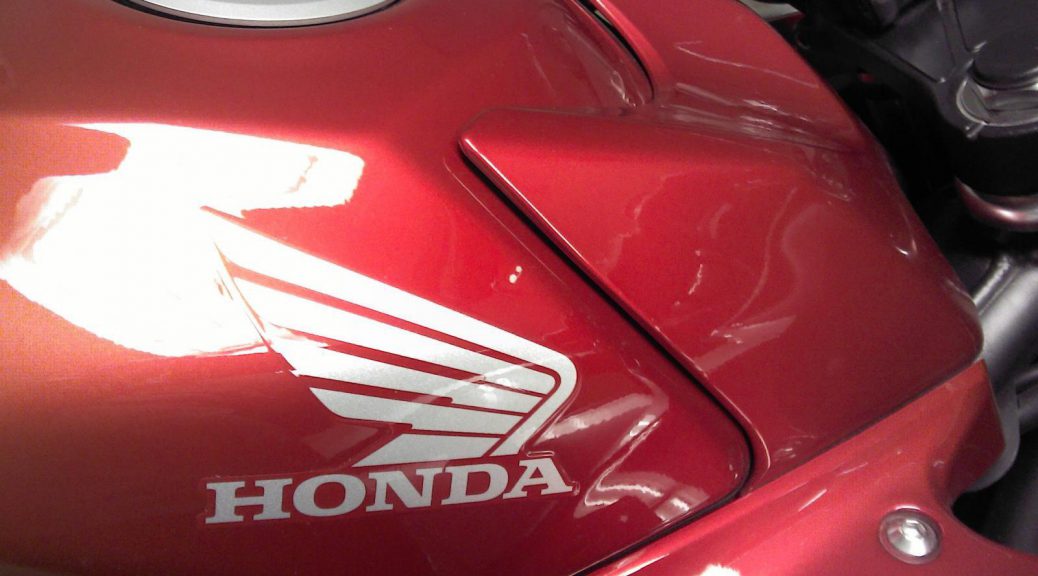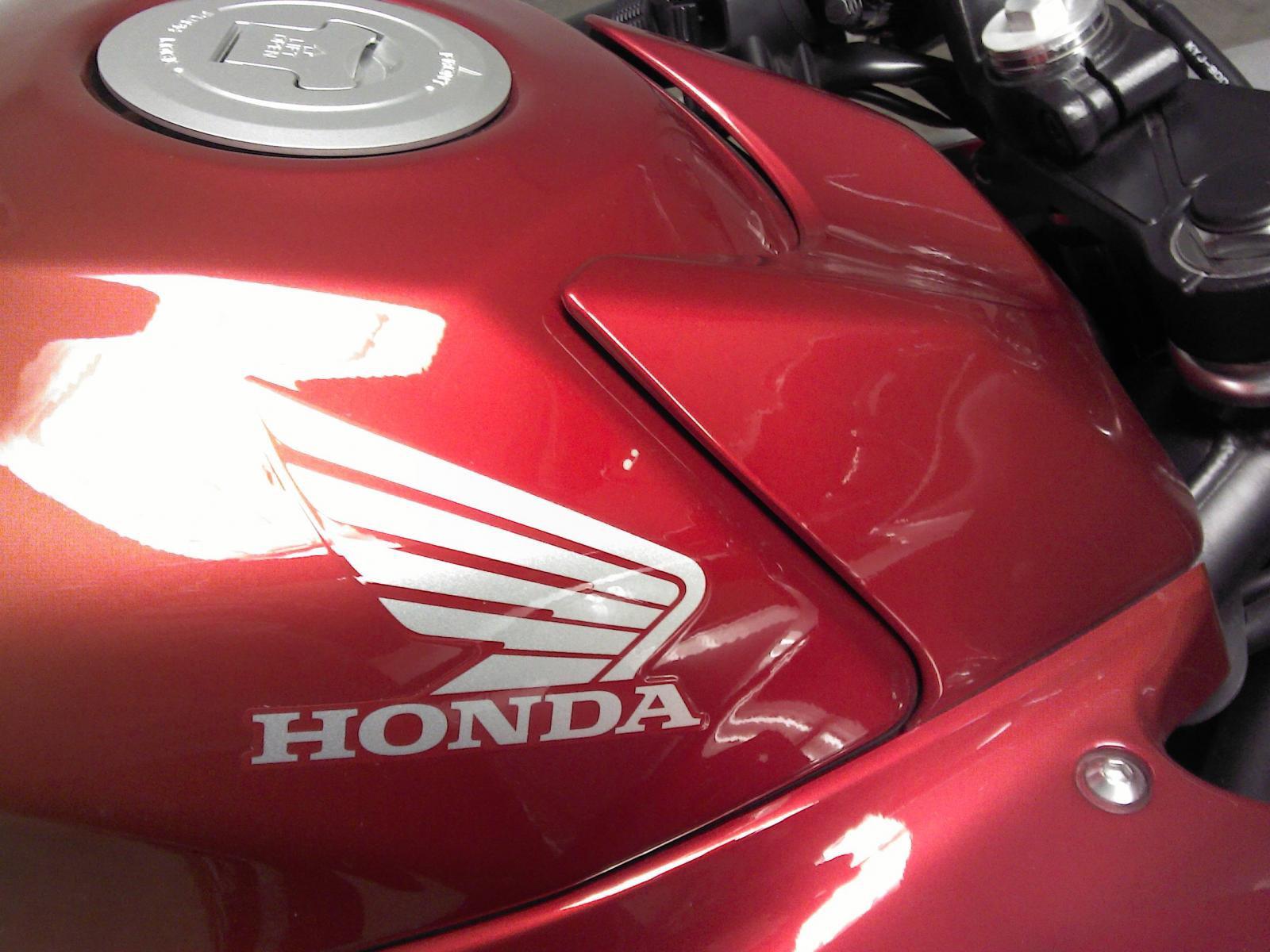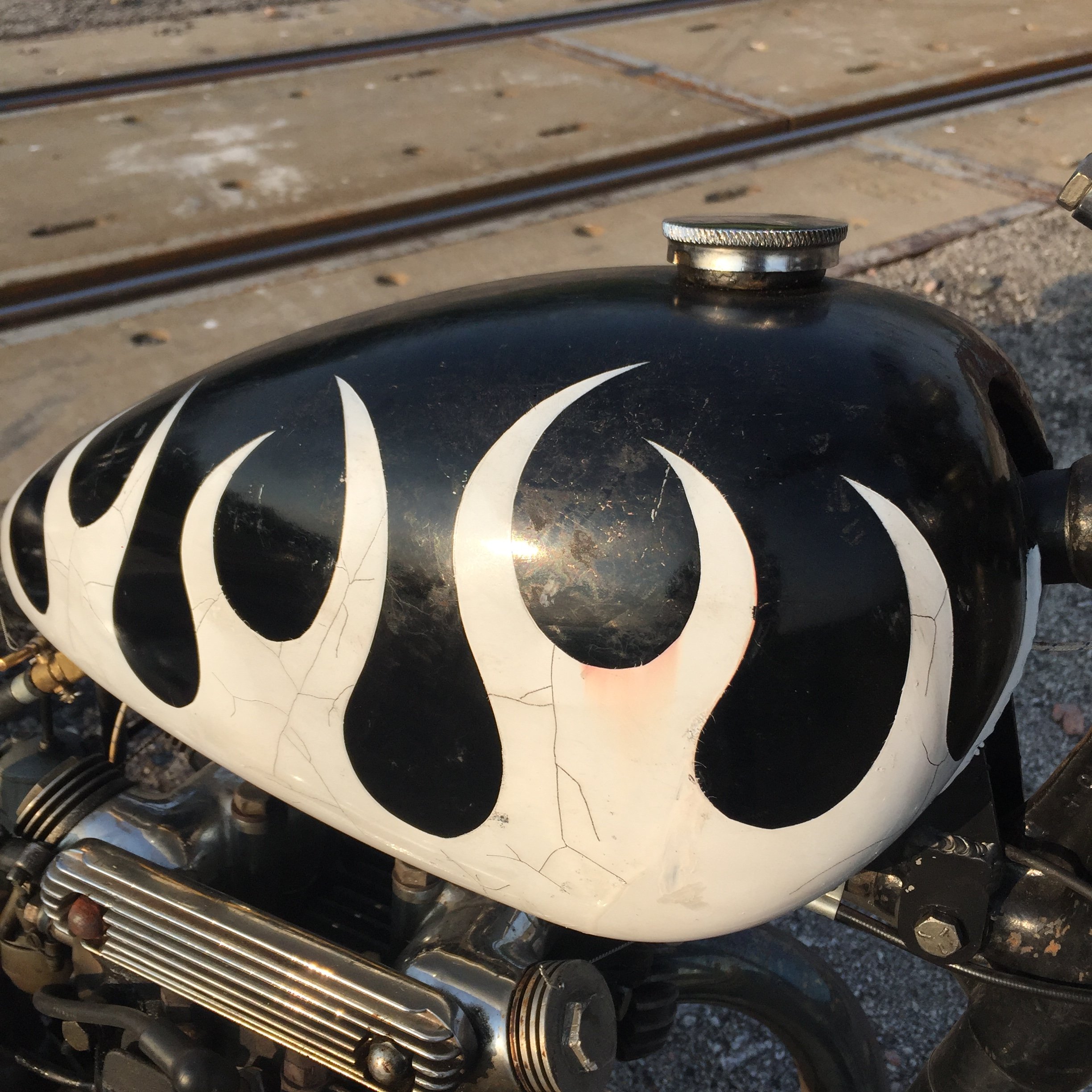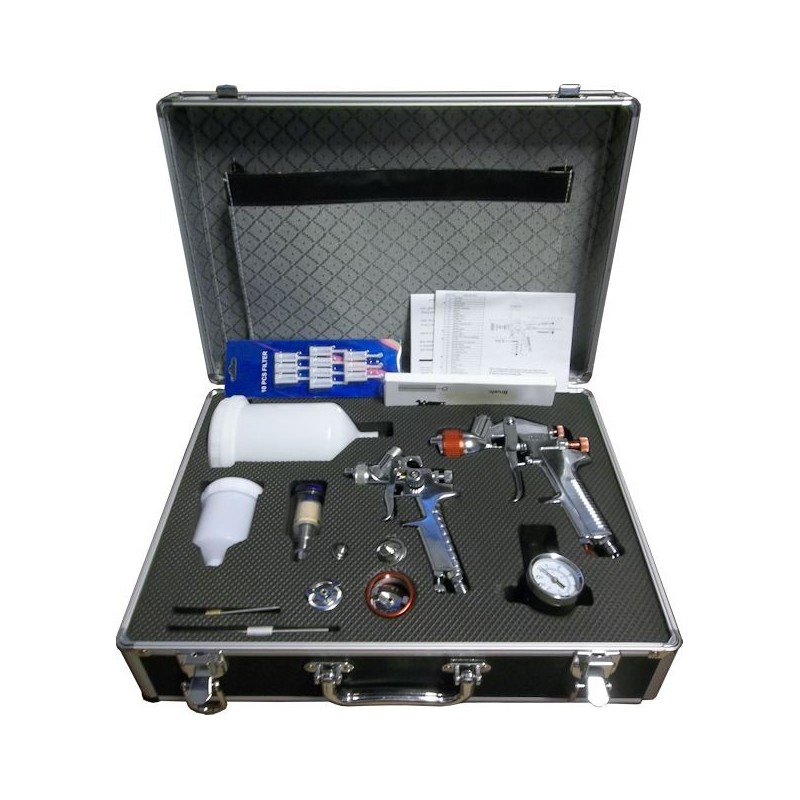Touching up the paint on your motorbike is occasionally vital if you want to keep it looking its best—but many bike owners make the mistake of thinking this always needs to be a professional job. Don’t get me wrong; some things are better left to experienced professionals, and we don’t blame you if you’re too scared of maiming your motorcycle to try painting it yourself. But there are actually plenty of small paint repairs you can learn to do on your own that aren’t too difficult.
Below, we’ll cover the main types of paintwork motorcycles need most often, along with advice on which ones you can try yourself (and which ones you definitely shouldn’t attempt without help or significant experience). We’ll also give you a quick list of what you’ll need if you’re planning to paint your bike in any way, so that you can properly prepare beforehand.
Ready? Then it’s time to bring the paint.
Common Types of Motorcycle Paintwork
There are a few different situations that might warrant a touch-up of your bike’s paint job. Here are some of the most common:
Dings & Scratches
Your bike is pretty much guaranteed to pick up a few scratches and scrapes over time. It doesn’t matter how carefully you ride—pebbles and other debris are going to get kicked up by the tires while you’re on the road, and some of them will inevitably leave marks in your bike’s paint.
Can you fix it? Yes, you can! Make sure you buy paint that matches the colour of your bike, then test it in a small area that most people won’t see easily. Then clean the area, apply a degreaser, smooth out the scratch with sandpaper and apply the new paint (according to the manufacturer’s instructions). Use a sanding block wrapped in 1500 or 2000 grit sandpaper to smooth the area out, and finish up with some polish. Done!
Courtesy: CBR250.net.
Chipped Paint
Paint chips typically happen when the painted surfaces of your bike come into contact with larger debris—stones, etc.—or when you (gasp) drop your bike. Repairing chipped paint quickly is vital if you want to restore your motorcycle’s appearance and prevent the affected area from rusting.
Can you fix it? Yes, you can! This is trickier than repairing a simple scratch, but the process isn’t that different. Some riders take the “easy” route and cover the chipped area up with a shade of nail polish that approximately matches the surrounding paint—but that’s cutting corners, and it’s pretty obvious when anyone looks closely. Instead, mask up the rest of the tank and follow the same steps you’d take to repair a scratch.
The difference is that you’ll need to use a primer on any metal that’s been exposed by the chipping. Make sure you’re only putting primer on the exposed metal, then cover a slightly wider area with the base coat and an even larger one with the clear coat. If you’re not feeling confident about this one, take it to a pro.
Cracking Paint
A motorcycle that’s been painted properly probably won’t experience cracking paint. Cracking typically occurs as the result of a lousy paint job—low quality paints, painting in hot or humid conditions, mixing the paint badly, or failing to prepare the bike’s surface beforehand can all lead to this undesirable effect. Your paint might also crack if you put on too much of it, or put it on too quickly.
Courtesy: Jockey Journal
Can you fix it? Hard to say. If the paint on your bike is cracking, it’s likely because you didn’t paint it properly the first time—which means you might not have the skills to do any better the second time around. A better route is to prevent your paint from cracking in the first place by using high-quality paints designed for motorcycles and following the manufacturer’s instructions properly whenever you’re giving your bike a custom paint job.
Peeling Paint
Peeling paint is another indication that something’s wrong with your bike’s current paint job. It generally occurs when the surface of the bike has a blemish that prevents the dry paint on top from sticking properly to it, but it can also happen when the coat of paint on a bike is too thin. Additionally, the paint on your bike can peel if you don’t sand your undercoats properly before putting on your top coat (since the top coat will have trouble sticking to an undercoat that isn’t smooth).
Can you fix it? It depends on the size of the area that’s peeling. If the paint on your bike is only peeling in a small zone, you can strip paint from that area and touch it up the same way you would if you were repairing a scratch. But if the paint is peeling all over your bike? Fuhgeddaboutit. Take your bike to a professional as soon as possible and have them take care of the issue properly.
What Do You Need for Motorbike Paint Repairs?
Courtesy: Stardust Colors UK
If you’re touching up the paint job on your bike, you’ll need to be armed with the right equipment. Here’s a quick list of the essentials:
- Two paint guns. It might seem like overkill, but trust us. One gun’s for your primer, while the other is for your base and clear coats. This will save you a lot of time.
- An air compressor. You’ll need to hook this up to your paint guns via an air hose to make them function. For best results, purchase a compressor with enough volume for you to do one complete coat of the largest part of your bike that you’ll be painting.
- An air hose. Pretty straightforward. The trick here is to make sure your hose goes through an air regulator with a water trap, which will ensure a smooth delivery of air (and paint) during your work.
- Sandpaper. You’ll need this for removing paint from any areas you’re touching up before you begin, and for sanding down any new coats to make them smooth afterward. Stock up on sandpaper with grit levels of 80, 400, 600, 1500, and 2000.
- Polishing tools. Once your final clear coat is applied, you’ll have to buff the body of your bike out. Use a variable-speed polisher with a buffing pad for this task.
Fixing Your Paint Job Isn’t Rocket Science
Lots of people are intimidated by the prospect of touching their bike’s precious paint job, but most minor repairs aren’t that hard. While we advise against giving your bike a complete custom paint job without plenty of experience and the proper kind of paint, fixing the paint in certain spots is nothing to fear.
Source: MotorbikeWriter.com




